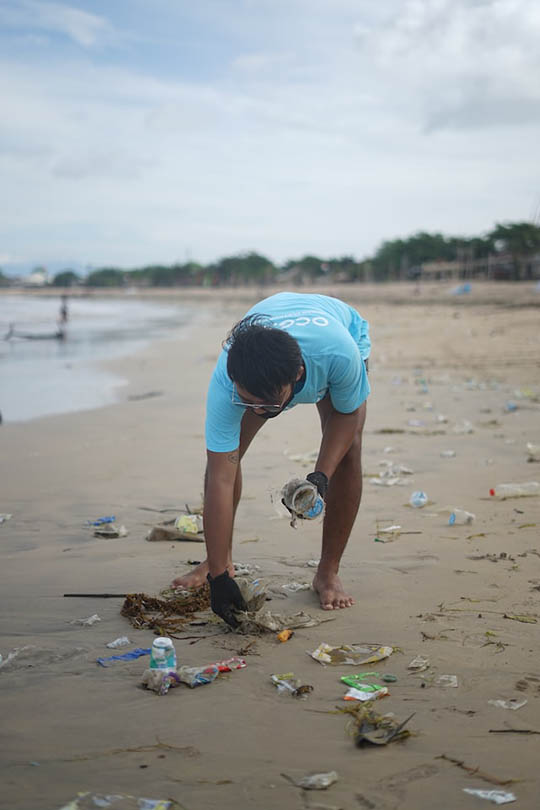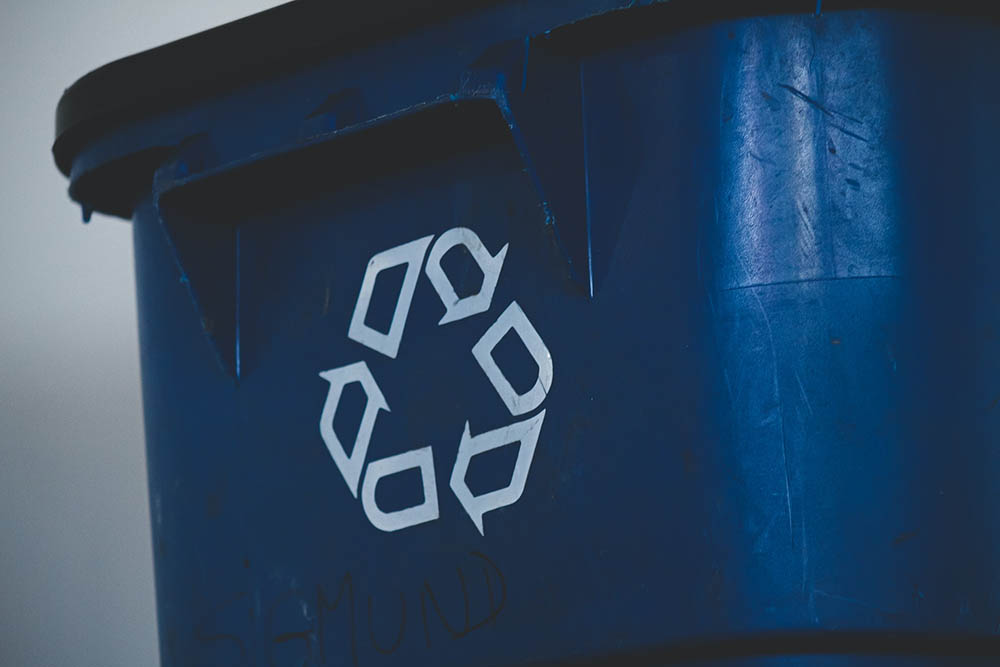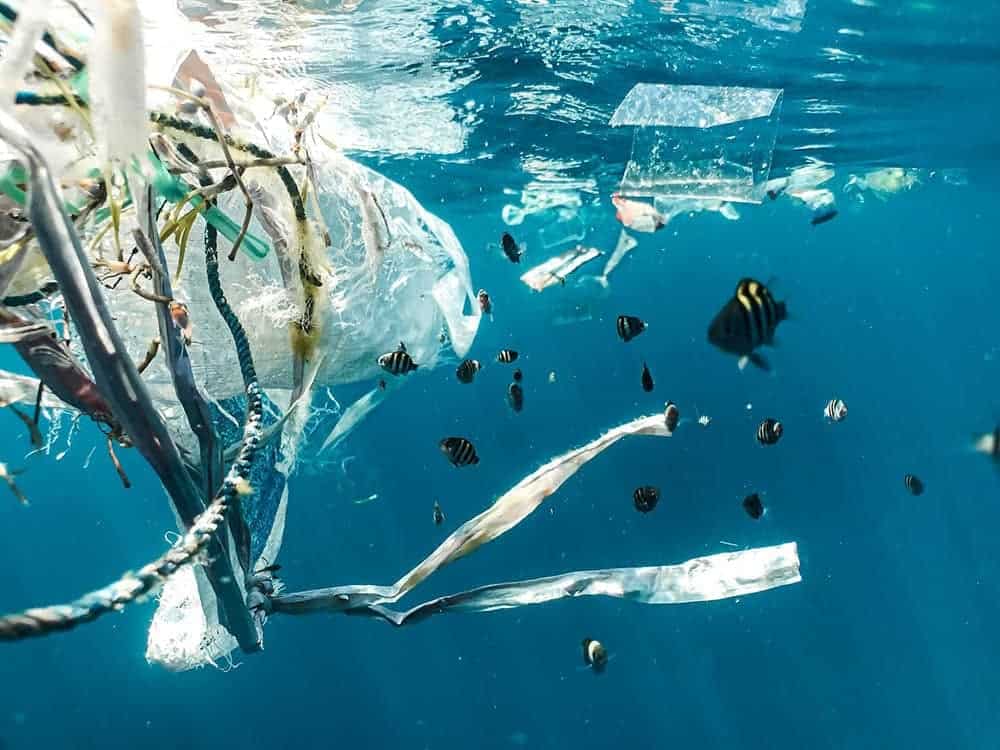The problem of ocean pollution has come to the forefront with disturbing images of marine animals caught up in plastic and putrid algal blooms in coastal areas. These waters occupy over 70% of the Earth’s surface. Scientists theorize the hypothermal vents in the deep ocean are the origin of life on the planet. It’s impossible to overstate the significance of the sea to humans and all life.
However, ocean pollution is a complex problem requiring global solutions. More than one fix is necessary because of the many sources with varying degrees of impact. Suffice to say that it is not a quick fix. Every person is a stakeholder, making participation on all fronts critical.

The 10 Solutions to Ocean Pollution
1. Shoreline Clean-Ups

It’s essential to understand that water ends up in the ocean, even if it takes winding paths to get there. According to the National Oceanic and Atmospheric Administration (NOAA), prevention is one of the best ways to safeguard these waters. Unfortunately, wide-scale clean-up operations are impractical from many viewpoints. That makes your efforts to keep lakes and streams clean so essential.
Programs like adopt-a-beach are excellent ways to keep public areas pollution free and prevent waste from harming our oceans. Remember that a discarded plastic bottle can take up to 450 years to decompose, potentially damaging marine life throughout its life. We suggest bringing the kids along, too. We think it’ll be an eye-opening experience for them.
2. A Recycling Habit

Recycling is probably one of the easiest and best ways to reduce ocean pollution. Americans recycled about 32.1% of the United States municipal solid waste generated in 2018. While that may not seem like a lot, the rate varies depending on the material. Nearly 100% of lead-acid batteries are recycled because retailers and manufacturers incentivize consumers when making these purchases.
However, it’s essential to recycle your household’s trash. It can keep materials like plastic bottles and aluminum cans from polluting ocean waters. Processing can save energy and reduce waste in landfills. Many municipalities have made it easier than ever with curbside pick-up, and no sorting required. Make it a habit to recycle whenever possible at home, running errands, or traveling.
3. Managing Your Bags

Several states and municipalities have targeted bags to control waste. Unfortunately, plastic-bag bans are well-intentioned but misguided, mainly when doing a life cycle analysis (LCA) of your choices. Several studies have found that plastic bags have a significantly smaller carbon footprint than paper or cloth alternatives.
Sadly, we’re not recycling plastic bags as much as we should. However, you can lessen their environmental impact by reusing them, whether it’s lining your garbage can or cleaning the litter box. The takeaway is that one-time-use items aren’t always the best solutions, even if they’re safer. If you have a lot of bags around, recycle them at your grocery store or curbside pick-up.
4. Responsible Boating

If you’re on the water, you have a responsibility to practice responsible boating. That means reducing your speed in no-wake zones to prevent shoreline erosion. Some areas also set up these designations where threatened or endangered marine species live, such as the West Indian Manatee that swim the waters of the canals of Cape Coral, Florida.
You should also beach your boat in sandy areas, away from coral beds, sea grasses, and other sensitive plants. The vegetation that your prop pulls up can rot and foul the water. Of course, littering is out of the question. We also suggest that you avoid feeding waterfowl or other aquatic animals. Uneaten food can be equally toxic.
5. Sustainable Seafood
Discarded fishing nets account for about 46% of the Great Pacific Garbage Patch (GPGP), located between Hawaii and the California coast. It’s a compelling reason to stick with sustainable seafood when dining out or grocery shopping. The Monterey Bay Aquarium’s Seafood Watch program provides an excellent resource for choosing products that are sustainable with minimal environmental impacts.
The organization rates farms and fisheries on these scores to help you make informed choices. Their advice will guide you toward seafood that is not overfished or contains unnecessary bycatch. You’ll also have the satisfaction of knowing what you buy isn’t contributing to ocean pollution, making it socially and environmentally responsible.
6. Proper Disposal

It’s imperative to dispose of waste properly, particularly if it can travel a significant distance and thereby increase its negative impact. That’s especially true of oil. If you do this maintenance at your home, you should take precautions to ensure that no waste gets on your driveway where it can wash into sewers or any nearby waterways. It may not seem like a big deal. However, the figures tell a different story.
The US Environmental Protection Agency (EPA) has calculations for determining the distance that oil can travel from the point of discharge. According to the agency’s data, it can spread 15 miles in high-port areas. It can move 23 miles if it occurs on the Great Lakes. Remember, there’s a reason the EPA classifies oil as hazardous waste. It can contaminate up to 1 million gallons of water.
- See also: 15 Ocean Pollution Statistics
7. Keeping Up With Regular Maintenance

Even if you’re not handy with cars or small engines, it’s still essential to keep up with regular maintenance. A vehicle with an oil leak can wreak havoc with the environment and nearby waterways, as we’ve discussed. The same advice applies to anything that can seep potentially harmful chemicals into your driveway or garage.
We can extend it to lawn mowers, generators, or anything else that could leak fluids. You might even consider ditching fuel altogether and get a push mower instead. If you need to repair something, minimize the impacts by using unscented kitty litter to contain any spills.
8. Environmentally Friendly Landscaping

Having a beautifully manicured lawn is ideal for many homeowners. This landscaping feature occupies only 2% of the American terrestrial surface. However, it is the most irrigated land cover in the country. The seemingly wasted water is one thing. However, it’s another matter altogether when you consider what’s on the grass.
It’s easy to point a collective finger at pesticides, which can have harmful effects, particularly if it accumulates in the environment. Another element to consider is the fertilizers spread over yards. High amounts of minerals can contribute to toxic algal blooms. The influx of nutrients will kickstart algae growth. Eventually, it uses up all the oxygen in the water, causing a massive die-off and, thus, toxic waters.
9. Reducing Surface Runoff

Surface runoff occurs when precipitation washes off chemicals and other contaminants on impervious areas, such as roads and parking lots. It inevitably ends up in waterways, bringing all the toxins with it. It can include obvious things like oil and fuel. However, it can have sediment and seemingly innocuous substances like road salt, too. That latter will disrupt water chemistry, often with negative results.
You can do several things to reduce these effects. Instead of concrete, opt for pervious pavers for your patio. You can add a walkway with spaced flagstone versus a solid concrete sidewalk. Even using materials such as plastic sheeting in your landscaping can increase the runoff from your yard. If the topography is steep, adding terraces can reduce the water flow and soil erosion.
10. Responsible Buying

We can talk about confining your purchases to companies that put sustainable practices their priority. Social responsibility is a welcome move by organizations that have resulted in more transparency. It’s easier to find out about a business’s environmental impact. However, you can take it one step further with a bit of detective work.
You can opt for products made from recycled materials or post-consumer waste. You can even choose to buy things that are recyclable. This type of conscious buying will not only help reduce ocean pollution, but it can also provide a sustainable solution for a growing global population. Of course, there’s also no shame in buying second-hand clothes.

Conclusion
It’s our responsibility as the current stewards of the planet to reduce our negative impacts on the oceans. After all, water is a vital yet limited resource. It behooves us to prevent toxins from flowing into it and harming the plants and organisms that depend on it. Ultimately, it can threaten humans across the globe. Luckily, several measures can make a positive impact and protect the water for future generations.
Featured Image Credit: Naja Bertolt Jensen, Unsplash
